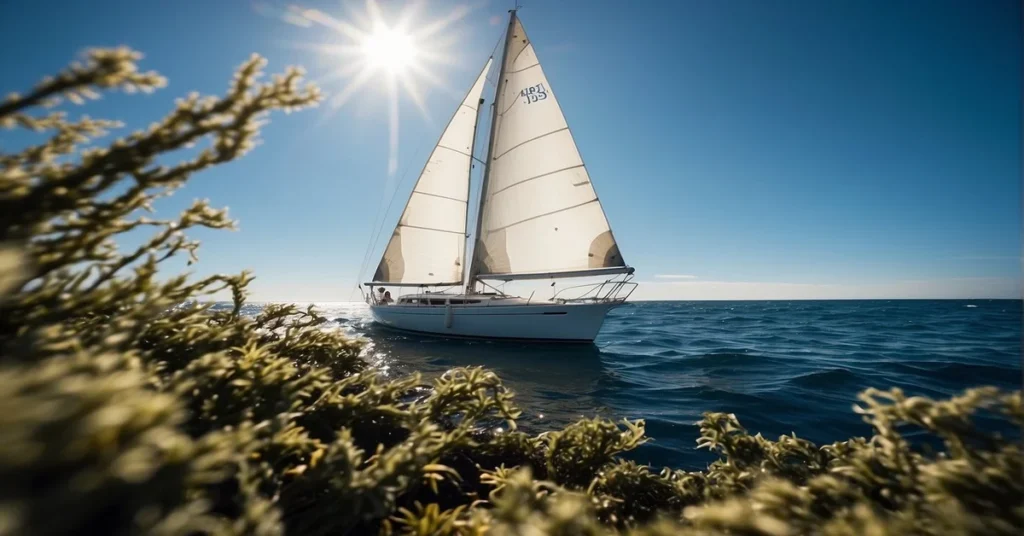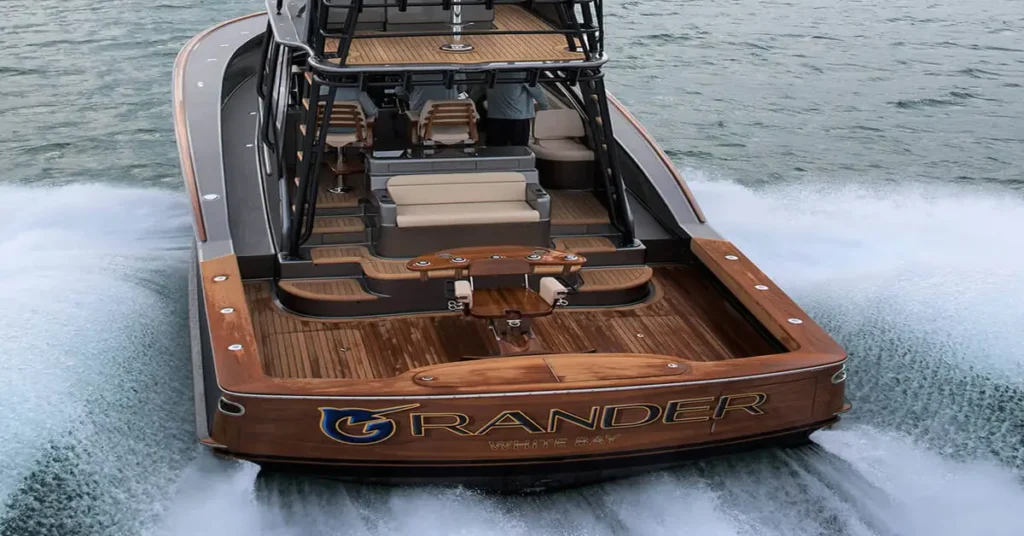Unveiling the potential of the ‘Code 0’ can revolutionize your sailing experience. This versatile sail bridges the gap between the genoa and the spinnaker, offering an unparalleled advantage in light winds and close-reaching courses. If you’re seeking that crucial boost in speed and efficiency, Code 0 is your sail of choice.
It captures wind effectively, propelling your vessel with greater power and transforming competitive racing and leisure cruising. Embrace the Code Zero and experience the optimal blend of performance and convenience on the open seas.
And now – Let it unlock your sailing prowess too.
Understanding Code 0 Sails
The code Zero is a fascinating sail; it bridges the gap between a genoa and a spinnaker, offering sailors versatility in various wind conditions.
Design and Functionality
Code 0 sails are explicitly designed to provide optimum performance in light to medium wind conditions where a traditional spinnaker would be too much and a genoa not enough. They are crafted with a larger sail area than a genoa but are flatter than a spinnaker, making them ideal for reaching.
Wind Angles and Performance
A code 0 thrives in an actual wind angle of approximately 70 to 130 degrees. This angle allows the sail to fill and generate power efficiently without collapsing, which is particularly important during lighter winds. Under these conditions, a code 0 can be an invaluable addition to your sail inventory.
Sail Area and Trim Considerations
When setting up a code 0, sail area and trim are critical considerations. To determine its classification, a sailmaker might look at the mid-girth of the sail, which should be at least 75% of the foot length according to racing rules. Precise trimming and sheeting are essential, allowing the luff to remain taut for the best performance.
Optimal Use in Sailing and Racing

When I think about the versatility of a code 0 sail, its optimal use in cruising and racing scenarios comes to mind immediately. This sail thrives in the moderate to light wind conditions often encountered when close reaching, making it a valuable asset for sailors who demand both performance and utility.
Sail Selection for Conditions
In my experience, choosing the right sail for the prevailing conditions is crucial for sailing efficiency. Code 0 sails work best at close-reaching angles, typically between 70 and 130 degrees relative to the wind. When wind speeds are too light for a genoa and too strong for an asymmetric spinnaker, like an A2 or A3, a code 0 is the perfect intermediary, offering both speed and stability.
Trimming for Maximum Speed
Proper trim is where the difference between a good sailor and a great one truly stands out. For a code 0, keeping a close eye on luff tension and adjusting the furler tack line is imperative. In racing, I’ve seen fractions of a knot gained simply by meticulous trim adjustments, translating to potentially significant advantages over competitors throughout a leg or race.
Balancing Weight and Sail Area
Lastly, balancing weight and sail area is a delicate art that can impact a race’s outcome or the cruise’s comfort. The racing community has developed lightweight code 0 sails that maximize sail area without bogging the boat. In cruising, this balance allows you to maintain speed without overloading your rigging or sacrificing ease of handling, making code 0 an excellent choice for shorthanded or novice crews.
FAQ – Code Zero

When I first learned about sailing, “code 0” intrigued me. It refers to a specific type of versatile sail that can enhance a sailboat’s performance, particularly in certain wind conditions. Below you’ll find the FAQ, let us now what do you think about it!
Can you sail upwind with a Code Zero?
Sailing upwind with a code 0 is not its primary purpose. A code 0 is typically designed for light wind angles, roughly between 75 and 130 degrees. This means it’s excellent for reaching but could be better for an actual upwind course.
What does Code Zero mean in sailing?
In sailing, Code 0 refers to a large, lightweight, durable headsail that bridges the gap between a genoa and a spinnaker. It provides additional power in light wind conditions and at right angles to the wind, where a spinnaker would be less effective.
How does a Code Zero sail work?
A code 0 sail works by having a flat shape and a tight luff, allowing it to project out in front of the boat and catch wind like a spinnaker but with less drag. It’s often made from laminate materials to maintain its shape and rolled on a furler for easier handling.
Do you Have insights on ‘Code 0 in Sailing’? Share your stories and thoughts below to join the conversation on perfecting this powerful sail!



